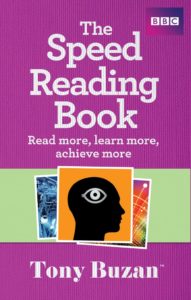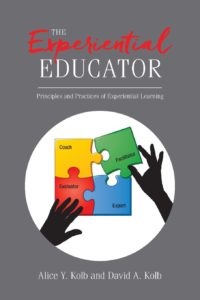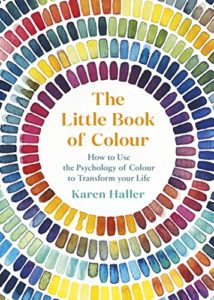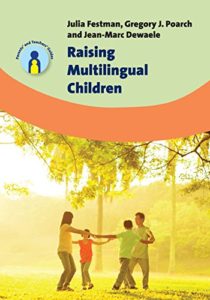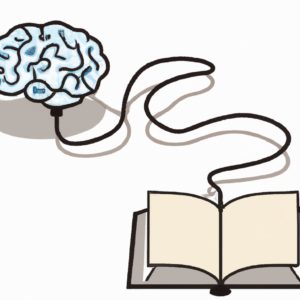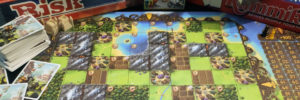Educational Neuroscience: The Basics, Complex Neuroeducation Made Simple
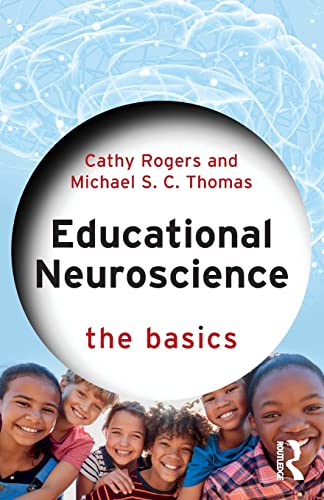
Product information
Educational Neuroscience: The Basics
| Publisher | Routledge; 1st edition (November 15, 2022) |
| Language | English |
| Paperback | 238 pages |
Educational Neuroscience: The Basics is the perfect starting point to learn about educational neuroscience. Written by Cathy Rogers and Michael S. C. Thomas, this books offers a gateway into the realm of educational neuroscience.
Understanding the Brain and Learning
This book dives deep, unraveling the mysteries of brain functionality and its core focus on learning. It highlights the intertwined nature of educational neuroscience with human psychology, social dynamics, and the wisdom of educators. Through this blend, the authors make a compelling case for better student achievements, urging us to rethink conventional educational frameworks.
Challenging Assumptions
Rogers and Thomas don’t merely lay out facts. They venture further, showcasing how findings from neuroscience prompt us to question our age-old assumptions about learning. Step by step, the book navigates the brain’s priorities — from sensory processing and physical movement to the nuances of emotions and the intricate dance of social interactions.
The Art of Thinking and Learning
A particularly striking segment of the book centers on the mastery of thought and the act of learning. It probes the depths of memory and the diverse systems that underpin our ability to learn. With finesse, the authors intertwine this knowledge, offering practical insights for enhancing classroom experiences, both today and beyond.
Debunking Myths and Offering Guidance
What sets “Educational Neuroscience: the basics” apart is its dedication to debunking neuromyths. It addresses misconceptions about learning styles, the left-brain/right-brain theory, the efficacy of brain gym exercises, and the negative impacts of technology on the brain. Beyond these clarifications, the book serves as a guiding light for educators. It equips them with the tools to assess and refine their teaching techniques.
Who Should Read This Book?
While “Educational Neuroscience: The Basics” is a treasure for scholars, its reach extends beyond academia. It’s a goldmine for students immersed in psychology, neuroscience, or education. But its appeal doesn’t stop there. From teachers to school leaders, educational consultants to policymakers, many will find insights within its pages. And for those simply fascinated by the human learning odyssey, this book is an essential read.
What The Reviews Say About Educational Neuroscience: The Basics
Diving deep into the intricacies of the brain and its role in learning, Rogers and Thomas offer an enlightening journey through educational neuroscience. Professor Becky Francis emphasizes its importance for teachers. Highlighting the latest neuroscience findings, captivating case studies, and the debunking of 'neuromyths'.
Dame Uta Frith lauds it as a reliable guide. Explaining that it breaks down complex neuroscience findings into digestible insights. She commends its exploration of cognitive processes like reading, memory, and multitasking. Additionaly, it calls attention to the practical applications and limitations of these findings. Both experts agree: this book is not just informative but a delight to read, paving the way for more effective learning strategies.

